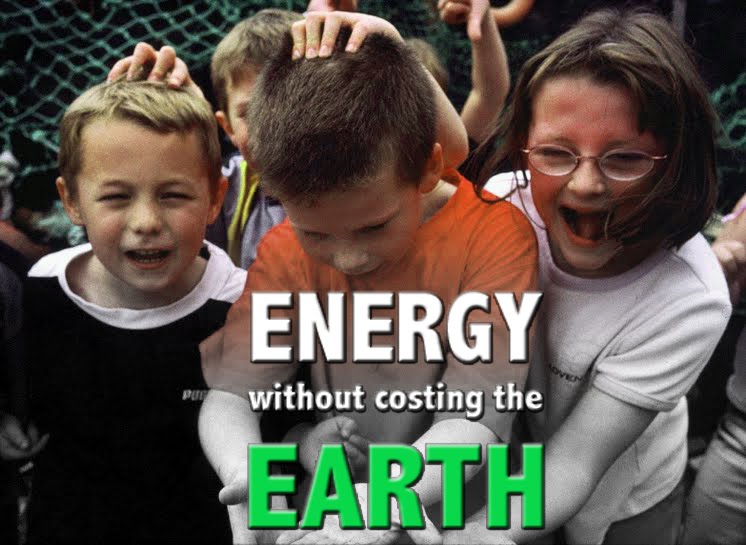In this credit crunch climate - value for money takes on a new imperative. How to make that pound go further? Saving energy in the home is one place to start. In doing so we not only reduce our carbon footprint but we get lower energy bills. One council in England - Kirklees has taken on the need to do this is serious way. EVERY household is being offered FREE insulation through their warm homes initiative .
The Green Party has called for a similar initiative in Scotland. This has the support of the John Muir Trust. This video link on
youtube brings the Kirklees initiative to life as well as telling you more about the Green Party Proposal. The is vote is tomorrow - so maybe we too will all soon have warm homes!
Do you know what percentage of the total carbon emissions in the UK come from our homes?
Our homes in the UK are responsible for some 28% of the total UK carbon emissions. Staggering but it is possible to significantly reduce if not eliminate emmisions from homes.
According to the Energy Savings Trust
simple energy saving measures can reduce the emissions by two thirds (from six tonnes to two tonnes). Of course we are talking averages here and many houses in the Highlands and Islands are 'not yer average'. Solid walls, no loft to insulate... The technical term is 'hard to heat' and when the wind is blowing - that becomes very clear.
Meantime some communities have decided not to wait for wholesale Government action and are pressing ahead and tackling issues for themselves ( often supported by the
Climate Challenge Fund - which is Government money) .
A number of communities are looking at doing energy audits as a starting point for taking action and working out how best to produce carbon savings. So what does an energy audit involve?
With help from the Energy Savings Trust, each household can complete a form and get a report on how energy efficient their home is and what measures can be taken to make the home more energy efficient. This is marked on a scale from one to ten. This is a FREE service.
I took part in an event recently and heard about three different approaches from three different communities to energy auditing. One community was going for delivery of Energy Savings Trust forms to every home with the offer of help to complete it, another community was going to have fun events and approach people to get their interest first and the third community was going to devise their own form to suit their community.
And tackling those 'hard to heat' houses? Changeworks (who have the local Energy Savings Trust contract for the Highlands area) have produced
helpful information on resolving some of the problems including underfloor insulation. Historic Scotland also have
more helpful information.




